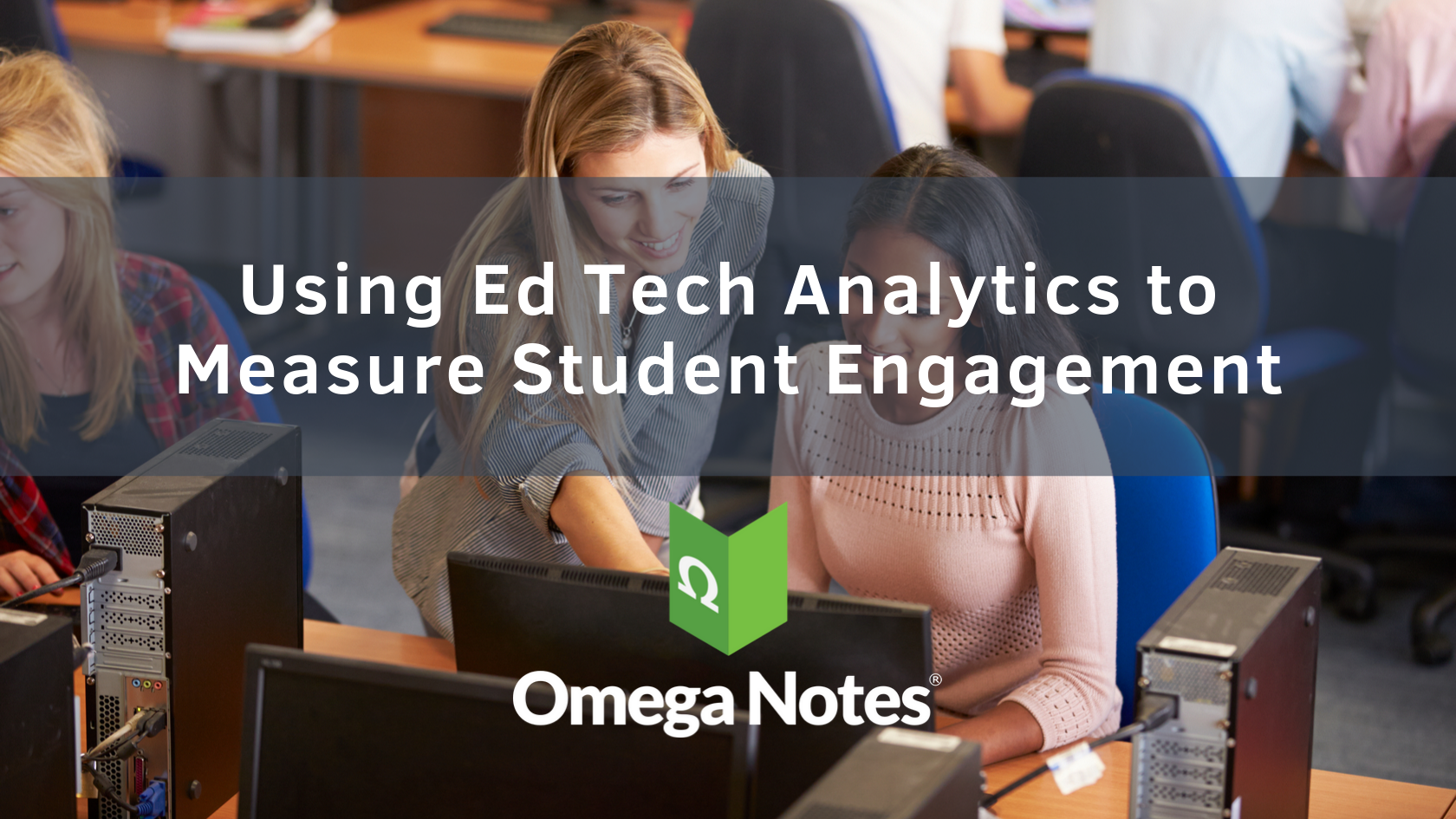Recent years have seen a considerable uptick in online learning as well as the availability of online course materials for student access; but access doesn’t equal engagement. So how can schools measure students’ academic interaction with available resources outside traditional classroom metrics? Ed tech analytics. They can provide actionable insight through customized reports measuring access, frequency, duration, and more.
The Role of Engagement in Education Success
Studies suggest that strong student engagement positively correlates with student performance, as well as student retention and program completion. But engagement is often a subjective metric, and even regular tests and quizzes may only reflect a student’s ability to recite information.
The kind of understanding and critical thinking required by final projects and exams provides evaluative data too late in the term to be useful for outreach to the struggling student. But by utilizing analytic tools offered by ed tech solutions, schools and instructors can evaluate students’ real-time experience through engagement analytics instead of waiting for delayed warning signals like final grades.
And while discussions about student engagement and performance frequently focus on first-year students and their adjustment to a postsecondary learning environment, improved engagement can also benefit students who’ve advanced farther on their education path and are now mastering competency skills. Even in fields where competency is critical, like health sciences, ed tech can contribute to improved student engagement (Donkin, Askew & Stevenson, 2019).
Use of Ed Tech Analytics in Real-Time
Ed tech platforms make collecting, aggregating, and analyzing student activity easy and accessible. Instructors can use analytics to explore student behaviors and identify areas of student needs, facilitating something close to real-time interventions for students at risk of falling behind or missing academic benchmarks. Instructors can better see how students engage with course material and tailor revisions to curriculum, lesson plans, and student activities accordingly. By delivering more time-sensitive and tailored interventions to meet the needs of individual students and their cohorts, faculty may help students avoid reaching a level of frustration that contributes to withdrawing from the course or school.
Long-Range Planning with Ed Tech Analytics
But it’s not enough to see that engagement is high or low. Analytics can also provide instructors with clues as to what’s working and what isn’t, showing them a path toward improvement. Going forward, instructors can use ed tech analytics for student engagement to revise curriculum, content, and course materials in future terms. Predictive analytics can better anticipate student behavior as well as learning challenges and opportunities. Ongoing data collection and analysis in the long term makes it possible to evaluate the influence of course changes in a meaningful and impartial way, seeing what’s working well and what isn’t, term over term and year over year.
With more colleges and universities considering the implementation of ed tech platforms, questions also arise as to how much and how well students will actually use these resources. Choosing the right platform is important not only because of the quality of the resource itself but the quality of its analytic tools, too. Reliable and useful data enables instructors’ responsible and effective decision-making, from curriculum changes to early interventions based on student engagement, an important predictor of student success.
By: Andrew Lang






Leave A Comment